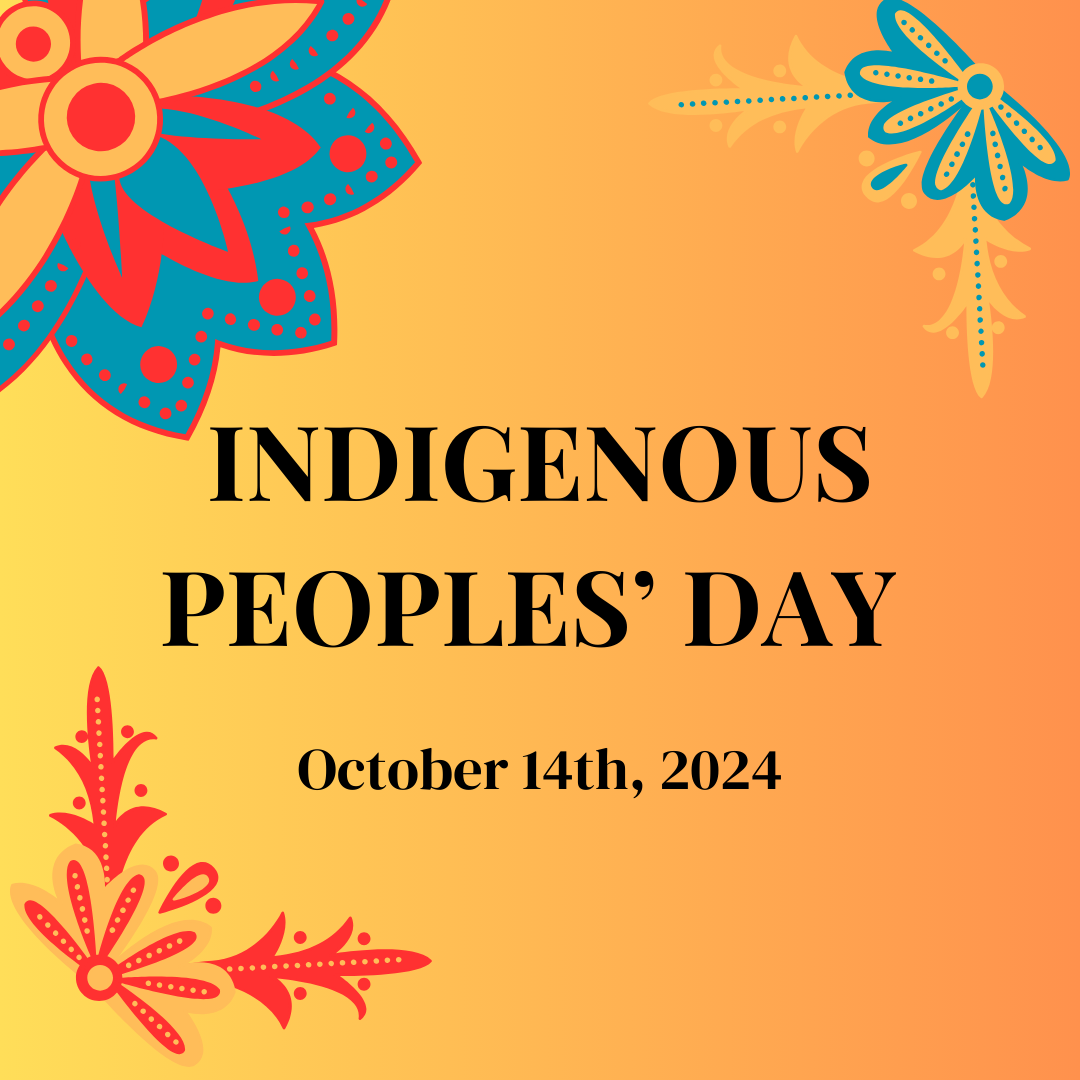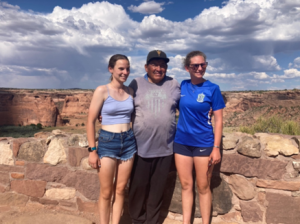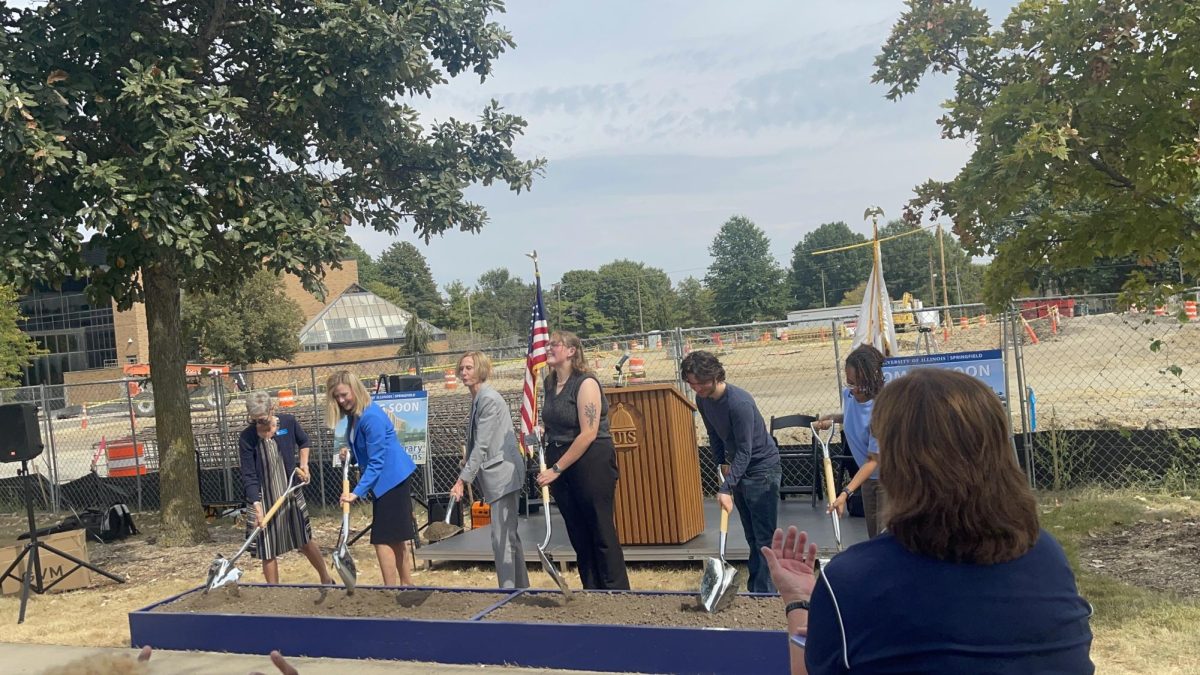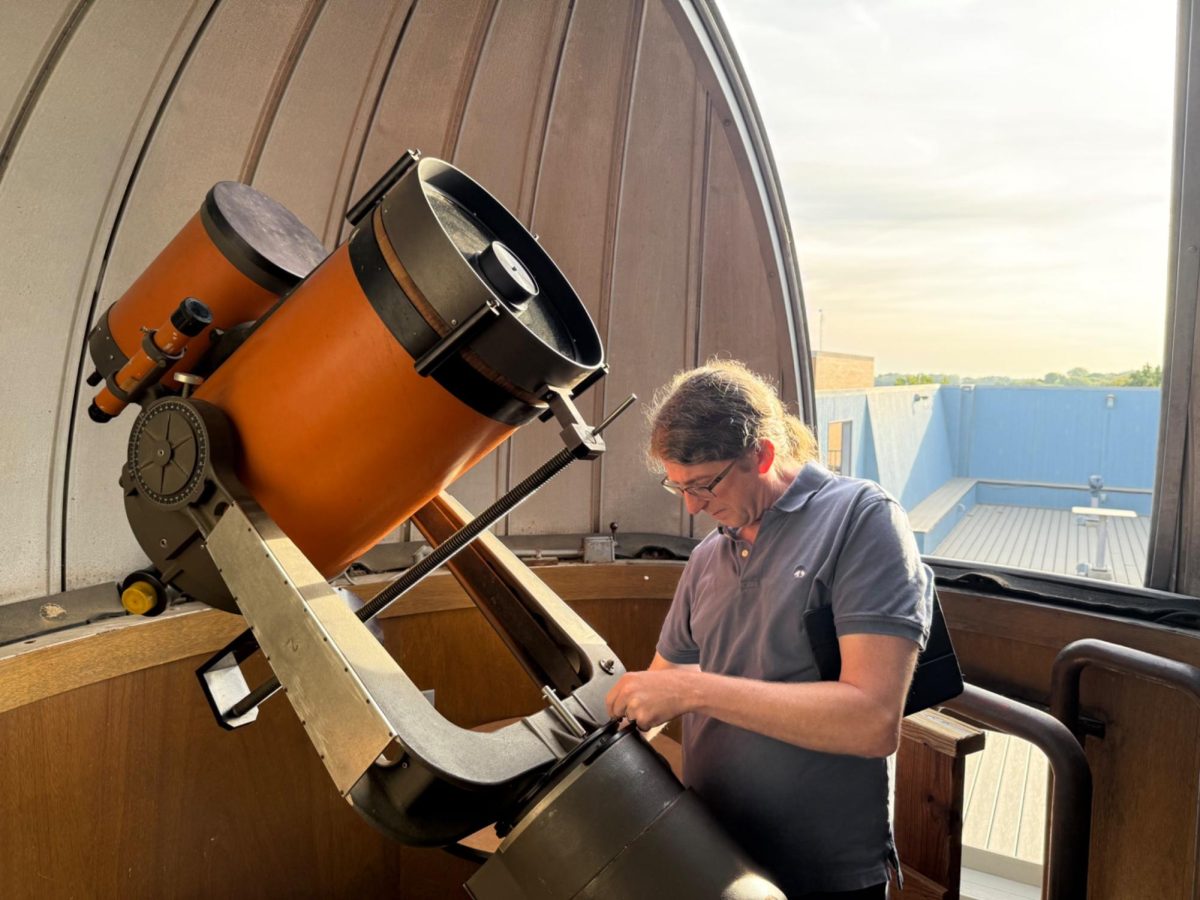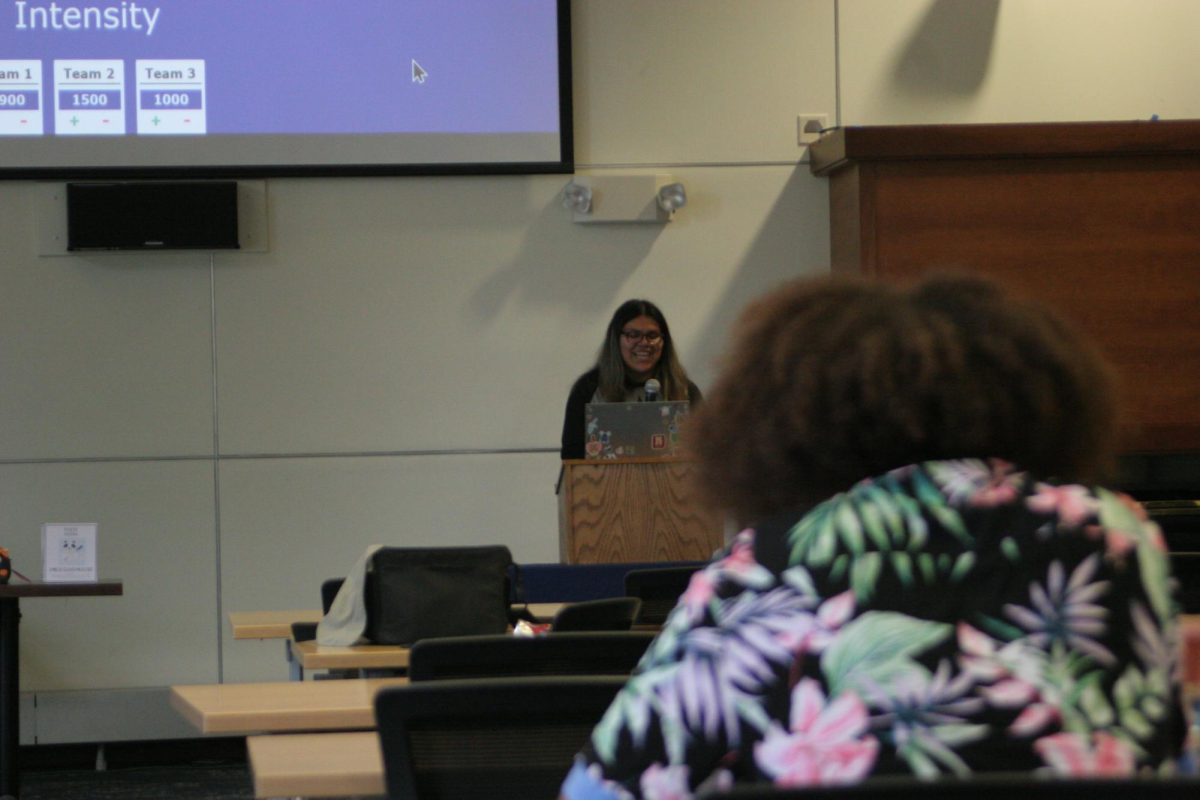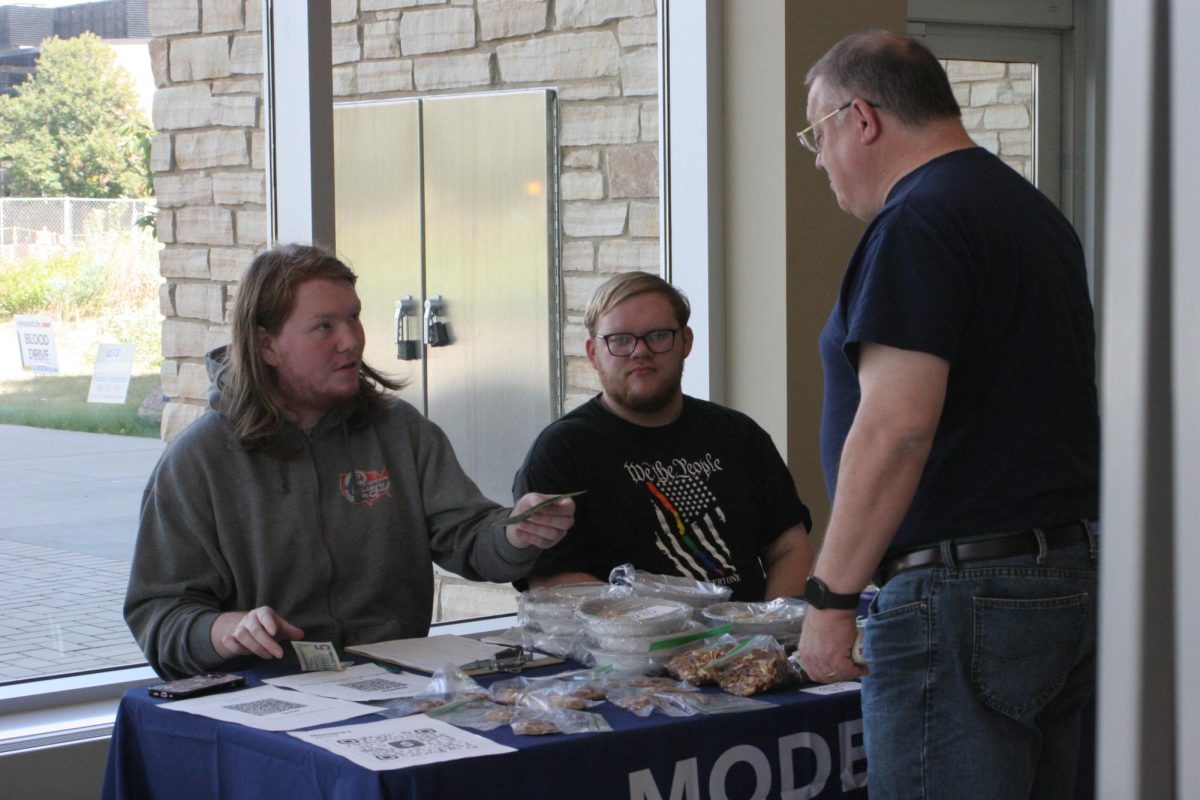In observance of Indigenous Peoples’ Day, celebrated every second Monday of October, it is essential to reflect on the profound historical significance of this day. Indigenous Peoples’ Day honors the communities that have inhabited the Americas for thousands of years, offering a moment to reconsider how we view history and acknowledge the contributions of Native peoples.
Columbus Day has been recognized as a national holiday since 1937. However, during the United Nations International Conference on Discrimination against Indigenous Populations in the Americas in 1977, participants proposed replacing Columbus Day with Indigenous Peoples’ Day. This change sought to address the historical losses Indigenous communities have faced and the ongoing impacts of colonialism.
While Columbus Day glorifies an exploration that resulted in the genocide of Indigenous peoples, Indigenous Peoples’ Day acknowledges the first inhabitants of the Americas, encouraging a reevaluation of how we think about Indigenous cultures today.
Despite its importance, the adoption of Indigenous Peoples’ Day has been slow. Approximately 29 states and Washington, D.C., do not observe Columbus Day, while around 216 cities have renamed the holiday or replaced it with Indigenous Peoples’ Day.
Some states recognize the day through proclamations, while others designate it as an official holiday. Notably, Illinois has retained Columbus Day, but in 2017, state lawmakers designated the last Monday in September as Indigenous Peoples’ Day.
UIS student Anna Schurz, a senior pursuing a bachelor’s in environmental studies, emphasizes the significant impact Indigenous peoples have had on the nation. “Indigenous people have shaped this country in so many ways that people don’t even realize,” she states.
Schurz, originally from Carbondale, Illinois, highlights her awareness of Indigenous cultures gained through her studies. “They took care of the land genuinely, not to make a profit,” she explains, noting the collaborations with National Parks.
The Shawnee National Forest, located near her home, serves as a testament to the lasting influence of Native American tribes. The Shawnee tribe, originally from the Ohio River Valley, played a vital role in land stewardship. Today, there are three federally recognized Shawnee tribes residing in Oklahoma, and their cultural legacy can be seen in the names of various locations across the U.S.
Schurz’s travels have further opened her eyes to the diversity within Indigenous communities. “When we think about Indigenous people, we group them together as one identity, but there are actually so many different tribes,” she reflects.
Anna likens this to the recognition of diversity among white ethnic groups, advocating for a similar appreciation of Indigenous cultures.
However, Schurz also notes a lack of education surrounding Indigenous history. “At school, we learned about Columbus, but we don’t learn about Indigenous people in a respectful way.”
This sentiment resonates with many who argue that simply observing Indigenous Peoples’ Day is not enough to dispel the myths surrounding Columbus and the so-called “discovery” of the Americas.
To truly honor Indigenous Peoples’ Day, it is crucial to offer accurate, complete narratives that include diverse perspectives. Recognizing the historic and contemporary relationships Indigenous peoples have with the land is vital for fostering understanding and respect.
As Indigenous Peoples’ Day approaches on October 14, 2024, it serves as a reminder to express gratitude for the contributions of Indigenous peoples and to advocate for greater awareness and respect for their cultures and histories.

